Roman Art and Archaeology: Week 4
5.0(1)
Card Sorting
1/22
Earn XP
Description and Tags
Study Analytics
Name | Mastery | Learn | Test | Matching | Spaced |
|---|
No study sessions yet.
23 Terms
1
New cards
Novios Plautios
the first “artists signature”; inscription on a brass bucket with feet (cista)
2
New cards
Praeneste/Palestrina
thriving city with princely tombs, brought under Roman control in 338 BCE; home of the Sanctuary of Fortuna
3
New cards
barrel vault
a curving covered arch used in Roman architecture made possible through the use of concrete
4
New cards
opus vermiculatum
the placement of small stones to create/emphasize a larger image
5
New cards
peristyle
a more stylized courtyard addition to Roman houses involving columns
6
New cards
lost wax
a method of making bronze statues that uses wax to make a mold, which is then used to melt the wax by molten bronze
7
New cards
Delos
a Greek island frequented by Roman merchants; lots of elevated architecture that inspired wave of Roman housing
8
New cards
Villa of the Mysteries
Roman villa in Pompeii that appears to be Grek inspired, but upon further inspection, is wholly Roma
9
New cards
plaster casts
soft cement + water casts that dried to mold to a figure/ used to recreate highly desirable works of art for personal collections
10
New cards
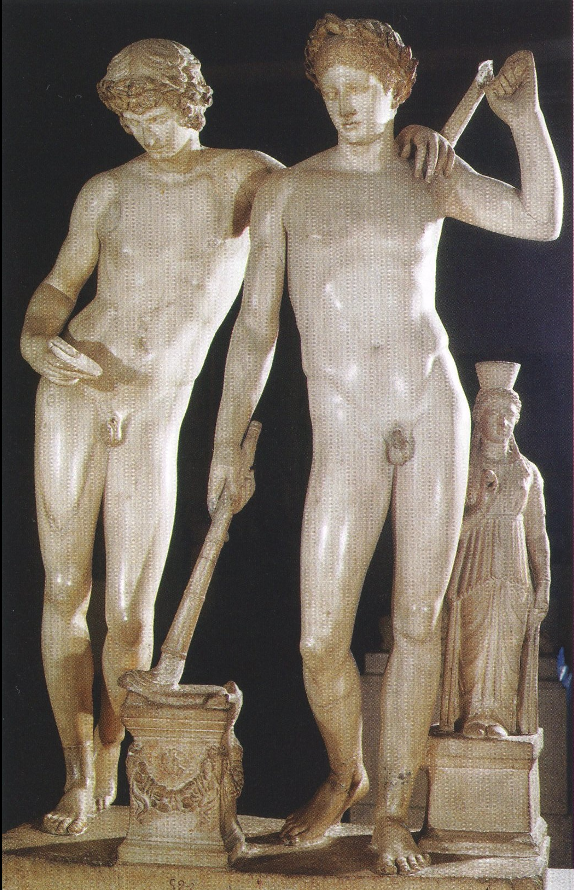
Pasiteles Duo
Pasiteles Duo, (San Ildefonso Group) from Rome, marble ca. 50-25 BCE
11
New cards
Imagines
12
New cards
suovetaurilia
the Roman ritual sacrifice of animals :(
13
New cards
eclecticism
the deliberate mixing of new and different cultural forms
14
New cards
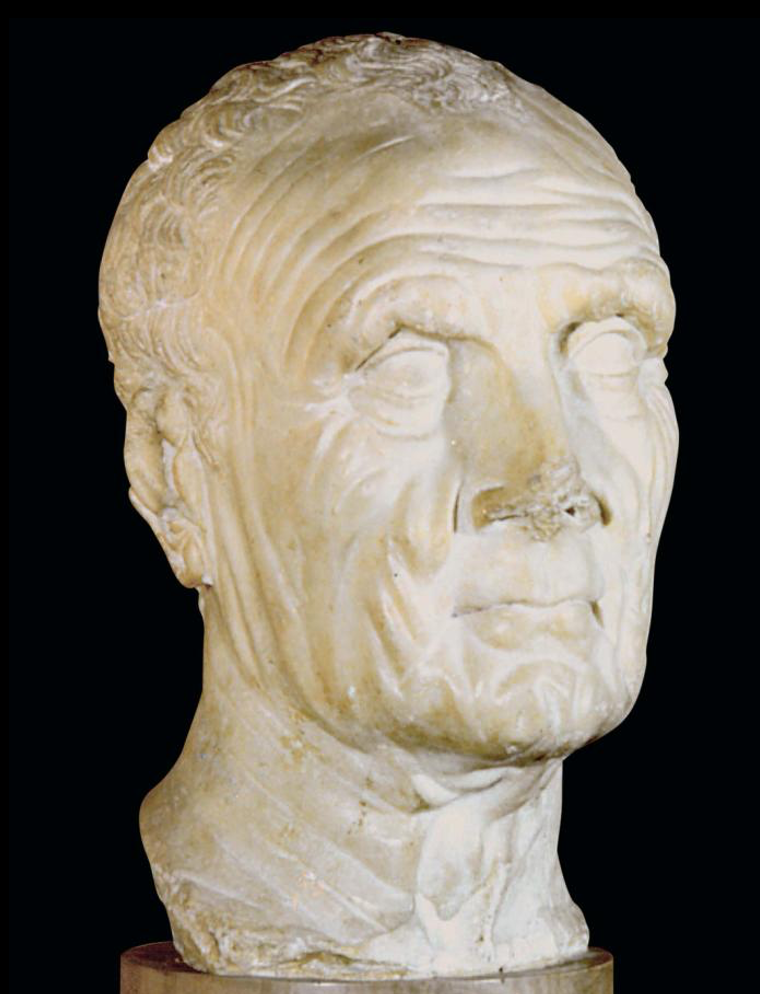
Fig. 5-7 Head of an old man, from Osimo, mid-first century bce. Marble, life size. Palazzo del Municipio, Osimo
15
New cards
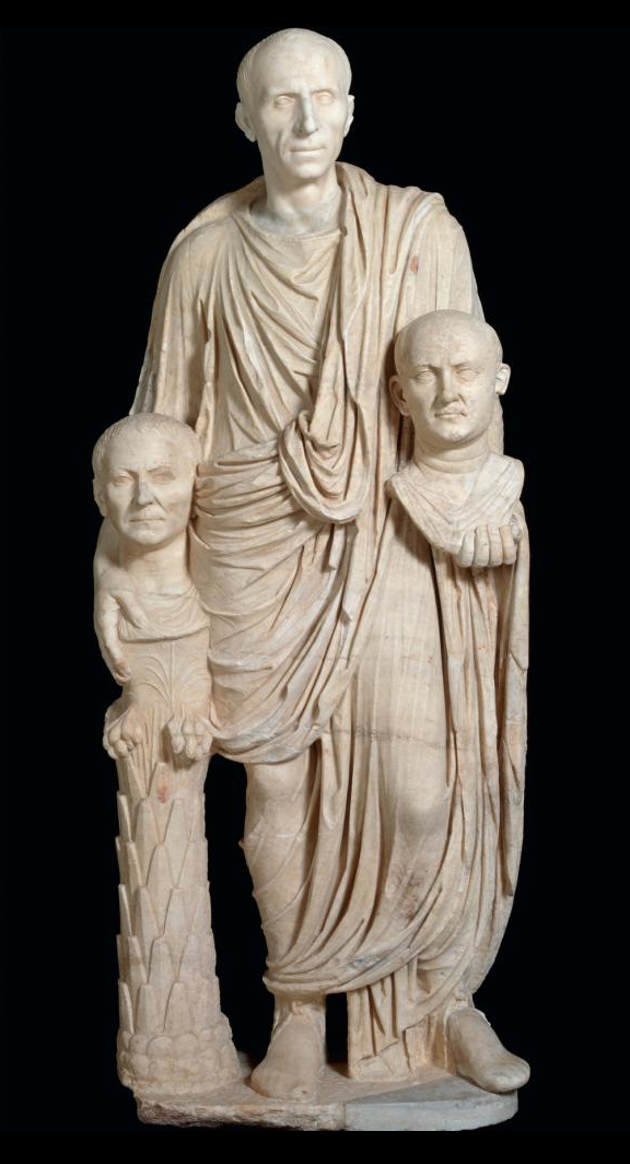
Fig. 5-9 Man with portrait busts of his ancestors, from Rome, late first century bce. Marble, 5′ 5″ high. Centrale Montemartini, Musei Capitolini, Rome
16
New cards
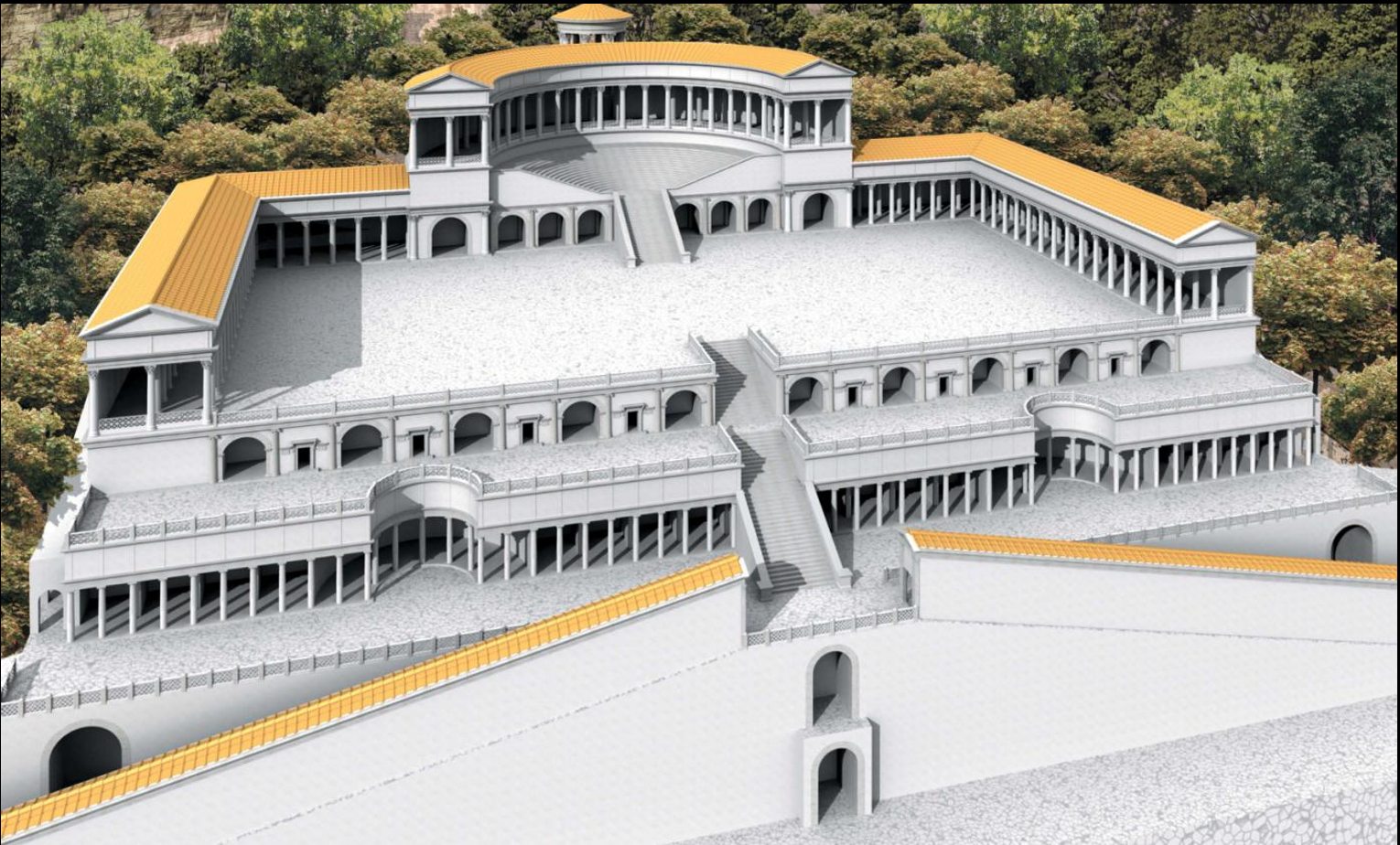
Fig. 2-20 Restored view of the Sanctuary of Fortuna (looking north), Palestrina, ca. 120–100 BCE
17
New cards
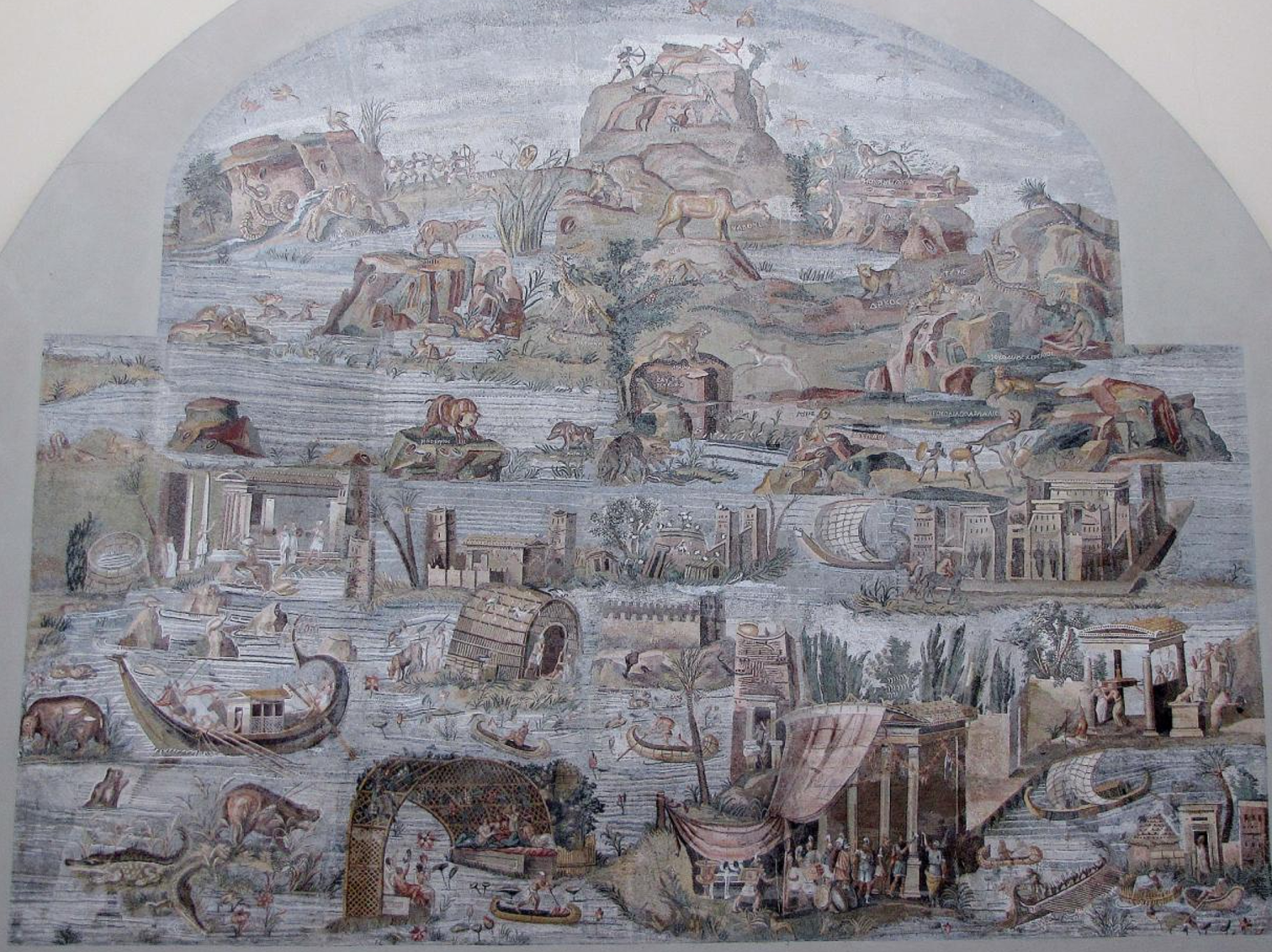
Fig. 2-22 The Nile, mosaic floor from the Sanctuary of Fortuna, Palestrina, ca. 100 BCE
18
New cards

Fig. 4-8 Plan of the House of the Faun, Pompeii, begun first half of second century BCE
19
New cards

Fig. 4-10 Alexander Mosaic, late second or early first century BCE floor mosaic in the House of the Faun, Pompeii. Copy of *Battle of Issos*, a panel painting by Philoxenos of Eretria, ca. 310 BCE
20
New cards

Fig. 4-18 Dionysiac mystery rites, Second Style mural paintings in room 5 of the Villa \n of the Mysteries, Pompeii, ca. 60–50 BCE
21
New cards
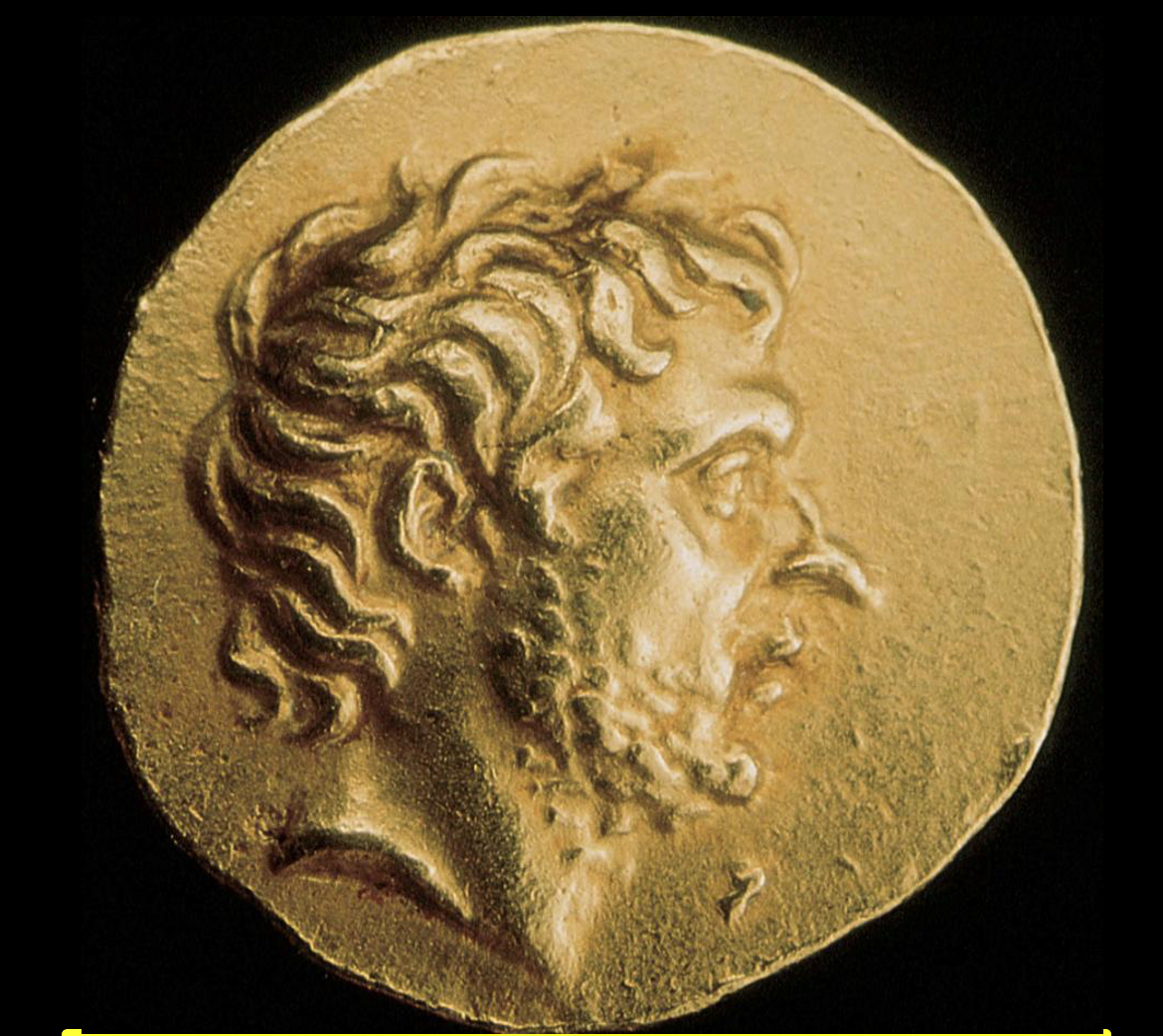
Fig. 5-2 Stater of Titus Quinctius Flamininus, struck in Greece, 197–196 BCE. Gold
22
New cards

Fig. 5-3 Battle of Pydna, two details of the frieze of the Victory Monument of Aemilius Paullus, Delphi, Greece, 168 BCE
23
New cards
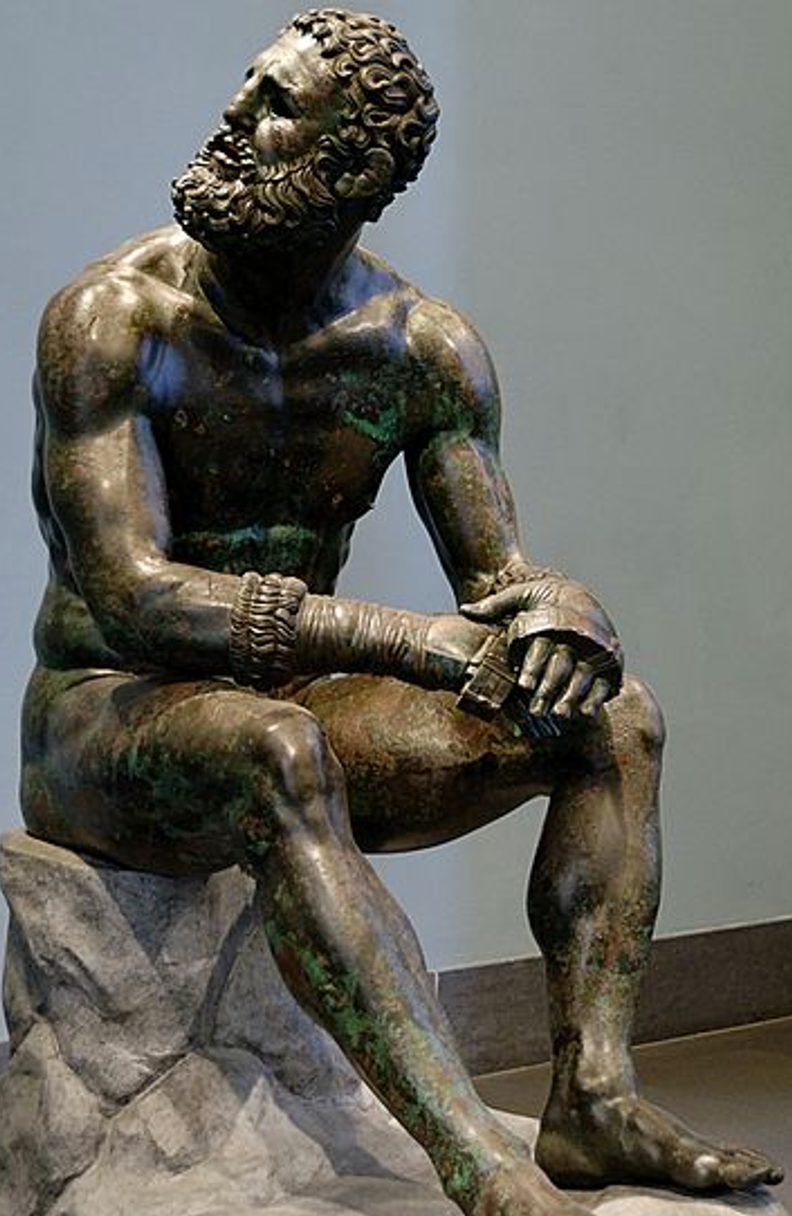
“The Boxer”, Greek Bronze, Esquiline Hill, Rome, mid 2nd c BCE